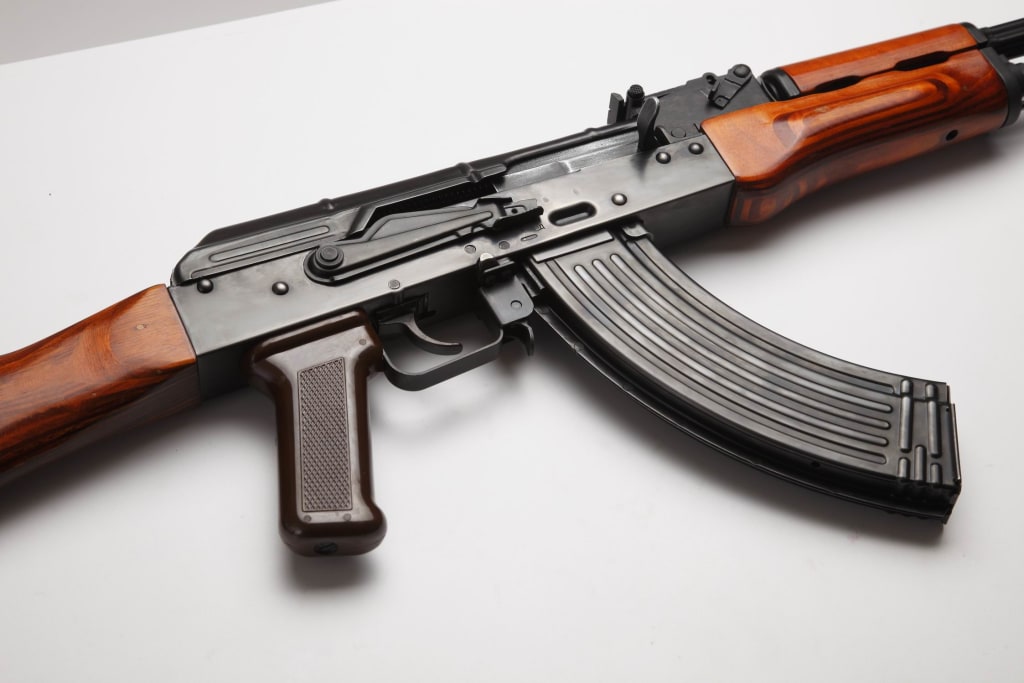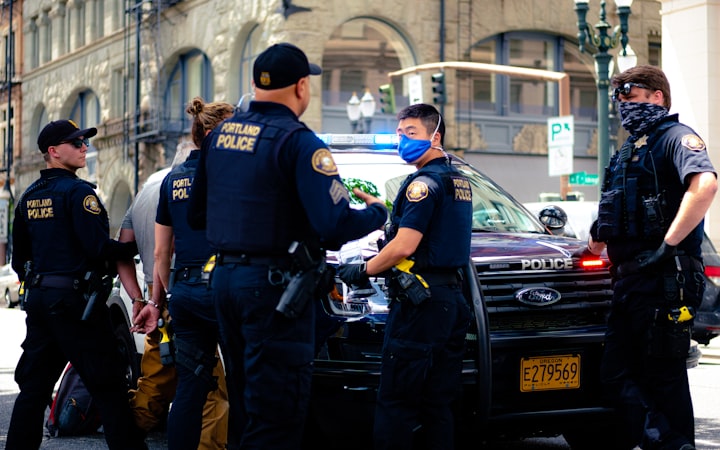
In the annals of modern warfare, few weapons hold the iconic status and pervasive influence of the AK-47 assault rifle. Born out of the tumultuous mid-20th century, this firearm has left an indelible mark on global conflicts, shaping the course of history and fueling the spread of terrorism. From its inception to its role in contemporary warfare, the AK-47 remains a symbol of both innovation and destruction.
Origins and Creation
The story of the AK-47 begins in the aftermath of World War II, during a period of intense ideological and military rivalry between the Soviet Union and the Western powers. In response to the growing threat posed by NATO forces and their adoption of new firearms technology, Soviet weapons designer Mikhail Kalashnikov embarked on a mission to create a revolutionary rifle that would surpass anything in existence.
Drawing upon his experience as a tank mechanic and his observations of combat conditions, Kalashnikov sought to design a rifle that combined simplicity, reliability, and firepower. After years of experimentation and refinement, he unveiled the Avtomat Kalashnikova 1947, better known as the AK-47.
The AK-47 represented a paradigm shift in firearms design. Its rugged construction, loose tolerances, and gas-operated mechanism made it exceptionally reliable even in adverse conditions. Moreover, its intermediate cartridge and select-fire capability provided a balance of stopping power and controllability, allowing for effective use by both trained soldiers and irregular forces.
Global Proliferation and Impact
Following its adoption by the Soviet military in 1949, the AK-47 quickly spread to armed forces and insurgent groups around the world. From the jungles of Vietnam to the deserts of Africa, the rifle became synonymous with revolution, resistance, and warfare. Its ubiquity earned it the moniker "the weapon of the people," as it empowered fighters from diverse backgrounds to challenge established powers.
One of the defining characteristics of the AK-47 is its durability and ease of use, which made it well-suited for prolonged conflicts and irregular warfare. Its low cost and simplicity of manufacture also contributed to its widespread adoption, with millions of units produced across various countries and regions.
However, the proliferation of the AK-47 also had unintended consequences. As conflicts multiplied and insurgent movements emerged, the rifle became a tool of terrorism, employed by extremist groups and militias to sow chaos and instill fear. Its association with asymmetric warfare and non-state actors fueled concerns about its role in destabilizing regions and undermining state authority.
Role in Terrorism
The AK-47's involvement in terrorism stems from its characteristics as a versatile and lethal weapon. Its rapid rate of fire and moderate recoil make it well-suited for close-quarters combat and ambush tactics, ideal for terrorist operations in urban environments. Additionally, its widespread availability on the black market and through illicit arms trafficking networks has facilitated its use by terrorist organizations worldwide.
From the streets of Kabul to the alleys of Baghdad, the AK-47 has been wielded by terrorist groups such as Al-Qaeda, ISIS, and Boko Haram to carry out attacks against civilian populations and security forces. Its simplicity of operation enables even minimally trained individuals to inflict significant harm, making it a weapon of choice for lone-wolf attackers and suicide bombers.
Moreover, the symbolic significance of the AK-47 plays a crucial role in terrorist propaganda and recruitment efforts. Its image as a tool of resistance against perceived oppression and imperialism resonates with disaffected individuals susceptible to radicalization, drawing them into the orbit of extremist ideologies.
Countermeasures and Challenges
Efforts to counter the spread of AK-47s and mitigate their impact on terrorism have proven challenging due to various factors. The rifle's widespread availability, coupled with porous borders and illicit arms networks, makes it difficult to prevent its acquisition by terrorist groups and criminal organizations. Additionally, the decentralized nature of terrorism means that eradicating the demand for such weapons requires addressing underlying grievances and socioeconomic factors that fuel extremism.
International initiatives aimed at curbing the proliferation of small arms and light weapons have had limited success, hampered by issues of enforcement, lack of cooperation among states, and the enduring demand for firearms in conflict zones. While efforts to strengthen arms controls and promote disarmament are essential, they must be accompanied by comprehensive strategies to address the root causes of terrorism and conflict.
Furthermore, technological advancements and the emergence of 3D-printed firearms pose new challenges for counterterrorism efforts, as they enable individuals to manufacture weapons without traditional supply chains or regulatory oversight. This decentralized production model could exacerbate the threat posed by improvised firearms and undermine efforts to regulate the arms trade.
Conclusion
The history of the AK-47 is a testament to the dual nature of firearms as instruments of both warfare and terrorism. From its humble origins in the Soviet Union to its global proliferation and impact, the rifle has left an indelible mark on the modern world. While its role in conflicts and insurgencies has reshaped geopolitical landscapes, its association with terrorism underscores the need for concerted efforts to address the root causes of violence and instability.
As the AK-47 continues to shape the dynamics of modern warfare and terrorism, policymakers and security experts must adopt holistic approaches that encompass diplomatic, economic, and social dimensions. Only through sustained cooperation and concerted action can we hope to mitigate the threats posed by firearms proliferation and build a more peaceful and secure world.
About the Creator
Sahil Lathwal
I'm Sahil, a passionate writer. My voice weaves stories, emotions, and melodies into an enchanting tapestry. Welcome to my world of creativity and expression. 🎶📝🎤





Comments
There are no comments for this story
Be the first to respond and start the conversation.